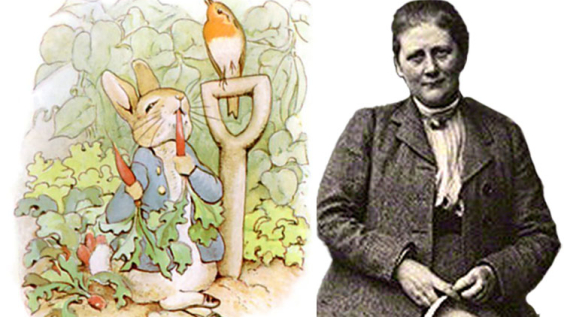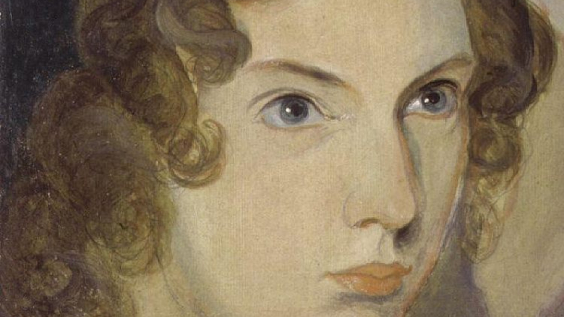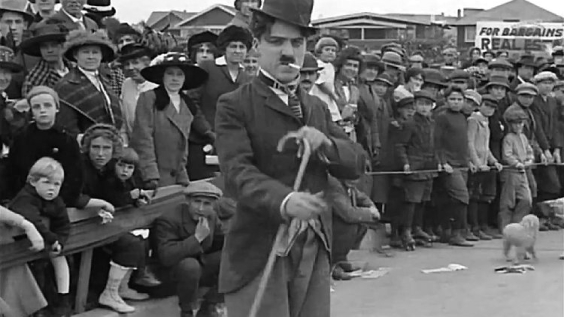
The Anglo-Saxon period stretched from the 5th to the 11th century – from the end of Roman Britain until the Norman conquest in 1066. Despite the ‘Dark Ages’ myth which has sometimes been attributed to the period, Anglo-Saxon England actually had an impressive wealth and sophistication. Although literacy levels weren’t as high as in later centuries, many people in Anglo-Saxon society could read and write. Almost 1,000 books from that period still survive, presenting us with a fascinating insight into the period.
Here are 5 extraordinary millennia old books.
1. Codex Aureus
The Codex Aureus (in Latin ‘Golden Book’) is one of the most lavish Gospel books surviving. It was probably made at Canterbury midway through the 8th century. Its text is decorated with gold, silver and coloured ink, while it is also presumed that its original binding (which does not survive) was encrusted with riches – perhaps jewels, gold or both.
Some of its pages are also dyed purple. Obtaining purple-dye was a very expensive process that required ink from sea slugs. Indeed so expensive and painstaking was this process that in Ancient Rome purple was the colour of royalty, and this association of purple with the elite continued into Anglo-Saxon times.
The value of Anglo-Saxon books meant they were highly prized by Viking invaders. During the mid-9th century Vikings seized the Codex Aureus and held it for ransom. A wealthy Anglo-Saxon family, Ealdorman Ælfred, his wife Werberg and their daughter Alhthryth, ransomed the Codex from the Great Heathen Army.
What survives of this manuscript is an example of the high decoration and the symbols of wealth that were inserted into many Anglo-Saxon gospel books – especially its purple-dyed pages.
2. St Cuthbert Gospel
The St Cuthbert Gospel is a small copy of the Gospel of St John. It was made at the Venerable Bede’s monastery at Wearmouth-Jarrow in the early 8th century, a time when the Anglo-Saxon Kingdom of Northumbria was enjoying its ‘Golden Age’.

The St Cuthbert Gospel of St John. (formerly known as the Stonyhurst Gospel) is the oldest intact European book
Image Credit: Public domain, via Wikimedia Commons
The book is unusually small compared to other books at the exhibition, and is easily clasped in one hand. However, it holds a fascinating record as the earliest European book with an original, intact binding. Its covers are made of wooden boards that are protected with decorated red goatskin, in the centre of which is a motif depicting a stylised, sprouting vine – a popular Christian image from the Eastern Mediterranean.
How such a small, richly decorated book has survived so long in such good condition is remarkable.
3. Codex Amiatinus
This weighty tome is the largest surviving manuscript of the period – quite a contrast with the previously-mentioned St Cuthbert Gospel. It is also the earliest complete Latin Bible that survives.
Originally, the Codex was one of three copies of the Latin Bible made at Wearmouth Jarrow (the same place where the St Cuthbert Gospel was created). But Codex is the only one that survives fully intact.
In 716, Ceolfrith, the Abbot of Wearmouth Jarrow, set off with a band of Northumbrian monks and the Codex Amiatinus on a pilgrimage to Rome.
Ceolfrith did not survive the journey, but his companions continued and presented the Codex to Pope Gregory II. It remained in Italy for the next 1,300 years and its acquisition by the British Library is the first time it has returned to English shores.

Codex Amiatinus, portrait of Ezra, from folio 5r at the start of Old Testament
Image Credit: Public domain, via Wikimedia Commons
4. The Domesday Book
Comprised almost twenty years after the Norman Conquest, the Domesday Book records extensive land reorganisation ordered by William the Conqueror. The reorganisation created new boundaries throughout the land, many of which were still in use until the 20th century.
Having survived over 900 years, the Domesday Book is an invaluable source for English history at the time of the Norman conquest, listing more than 13,400 cities, towns and villages county by county, landowner by landowner.
It also reveals much about 11th century Anglo-Saxon England before the Norman arrival, particularly the country’s wealth; a good reason for there being so many claimants to the English throne in 1066.
5. The Bodmin Gospels
Created in Brittany in the 9th century, the Bodmin Gospels was transported to Cornwall by the 10th century.
 Listen Now
Listen NowSome of the text has been erased, and the content remained hidden until researchers at the British Library used modern technology to uncover the original writing. They uncovered documents recording the freeing of slaves in Cornwall during the late Anglo-Saxon era.
(The research on the erased manumissions) has bubbled our knowledge of topics otherwise underrepresented in the surviving (West-Saxon, elite-dominated) sources: Cornwall, people with Celtic Cornish names, women, people from the lower levels of society.
Dr Alison Hudson
The text mentions for instance a woman called Gwenengiwrth and her son Morcefres, whom were both freed.














